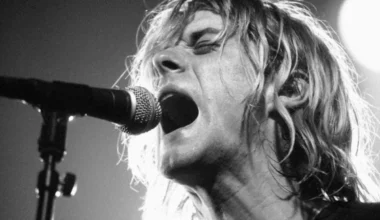In the 1970s rock scene, success often went hand in hand with turmoil, and the Eagles were no exception. Despite becoming one of the most successful American bands of all time, their story was riddled with internal strife.
Formed in 1971, the band originally sprang from the friendship between Don Henley and Glenn Frey, who were brought together by Linda Ronstadt for her touring band.
Their bond was reportedly cemented during a peyote-fueled night in the Mojave Desert, which also inspired their band name. However, their camaraderie quickly soured, and the Eagles became as famous for their in-fighting as for their music.
Tensions emerged early in the band’s career, fueled by typical rock star issues: egos and creative differences. Everyone had a different vision of the band’s sound, but it was producer Glyn Johns who ultimately guided their early albums.
Ironically, the discord within the group became a source of creative fuel, leading to a string of successful songs. However, these tracks seldom explored the band’s internal struggles—until 1975’s “After the Thrill is Gone.”
Co-written by Frey and Henley, the song offers a reflective look at the exhaustion and disillusionment that comes with prolonged success.
As Henley later explained, the “thrill” of the Eagles‘ rise to fame had worn off, and the group was now entangled in arguments, commercial pressures, and the demands of fame.
While the song presents itself as a sequel to B.B. King’s “The Thrill is Gone,” it was actually a commentary on the band’s own crumbling relationships.
Despite its somber tone, “After the Thrill is Gone” appeared on the album One of These Nights, which became the Eagles’ first record to hit number one on the Billboard charts.
This breakthrough success propelled the band to even greater heights, ultimately making them one of the most commercially successful rock acts in U.S. history. Yet, with this success came even more tension, further fueling the bitter dynamics within the band.








